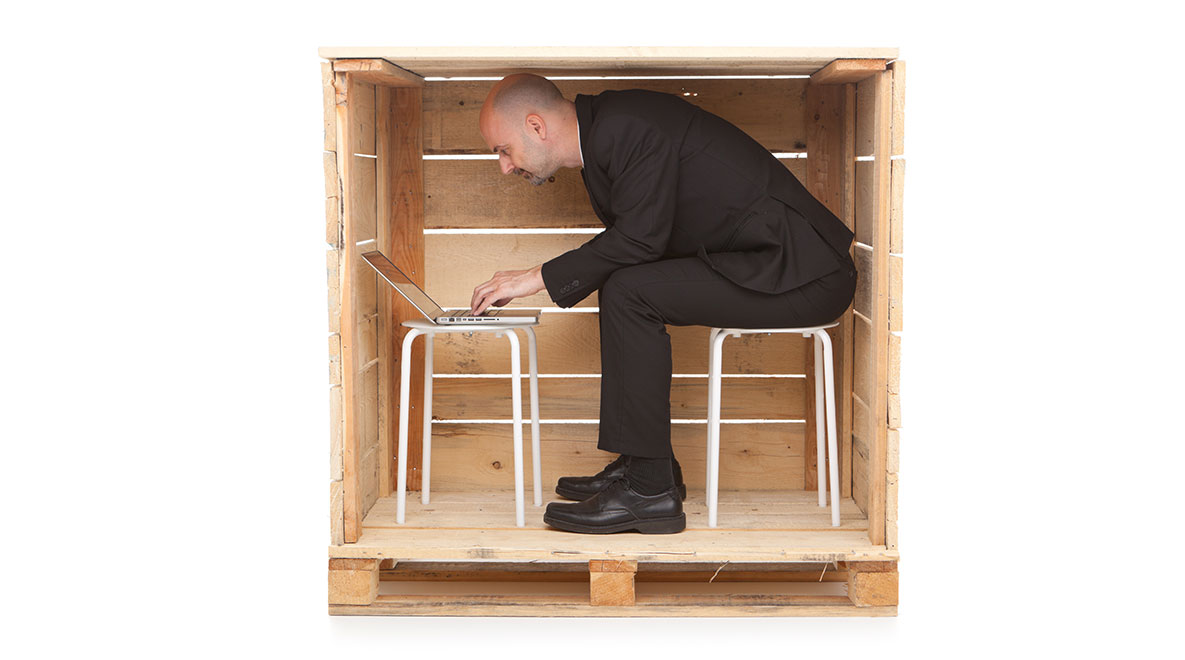Managing supply chains in the new normal
You’ll need strong relationships, domestic presence, and a platform to make managing protocols easier.

The evolution of supply chain management was sent into overdrive with the introduction of the global pandemic. Covid-19 has exacerbated some situations and uncovered weaknesses in some strategies that otherwise have never been questioned.
Anyone currently involved in managing supply chains should be thinking about:
- moving at least some production to the region where the goods are sold
- reevaluating and improving supplier relationships beyond transactions
- strengthening quality by shifting away from detection and toward prevention
- managing, as much as possible, the continued tightening in transportation
Underlying each of these issues is a need for better strategic planning, stringent protocol development, testing, and tools to help our teams manage it all more efficiently.
Regional presence is increasingly important
Over the past several years, the bureaucracy of clearing customs, declarations, inspections, etc. has been making shipping times between regions increasingly less predictable. When you add coronavirus to the equation, the increased requirements are compounding the delays and turning companies’ ability to control timelines upside down.
Now is the time to take a hard look at your mix of domestic versus international supply.
A great illustration of this comes from companies which have shifted the entirety of their production to Mexico. They opened beautiful new facilities and invested in the quality of their product and their people. It has worked great for years. Then the pandemic hit, and the Mexican government forced them to shutter operations. They had absolutely no control over the situation, and there was nothing they could do about it. I suspect the folks running those supply chains are having conversations right now about how they can create production capacity in the US that can be switched on in the case of future closures.
Alternatively, consider face mask production – 3M is an example of a company that’s stayed as nimble as they could over the years. They didn’t move 100% of their capacity to China, so when they needed to, they were able to shift more capacity to the US. By October they will have tripled their monthly domestic production of N95 masks. Over the years, a large majority of their production capacity has shifted to facilities in China and other Asian countries, but they didn’t get rid of all of their domestic capacity. That put them in a much better position when demand spiked unexpectedly.
So, it’s a balance. Everyone will determine the cost benefit to risk ratio that’s right for them. But there’s a clear need to be a bit more prudent now.
Regardless of how you decide to slice it, smoothly transitioning capacity in and out of different regions will benefit from consistent cross-geography manufacturing processes. Acadia’s customers for example, are able to do this by transferring their One Best Way processes seamlessly to other production facilities.
Supplier Relationships vs. Supplier Transactions
Over the years, cost management strategies including delayed payments to suppliers created relationships that were more transactional and less strategic. As supply chains tightened recently, those who had the strongest relationships saw less impact in their ability to continue operating.
If you haven’t already started doing this, it’s time to rethink your supplier relationships. Hard costs are a lot less important than reliability, service, and quality of service.
When I was with MillerCoors, none of the conversations with my best suppliers started with cost. In fact, that would be one of the first things I would say in a meeting. I would tell them we weren’t there to talk about cost, but rather value. I needed the best quality, service, and innovation they could provide.
There’s no magic to developing these relationships, but it helps if you’re not creating them from scratch each time. Make sure your teams have quick and easy access to all of the tools they need for each new supplier relationship – workflows, evaluation templates, standard contract terms, etc. If your folks don’t know how to easily put their hands on those things, you’re missing a huge opportunity.
Quality and Inventory Levels
Over the years, there has been a deliberate shift in quality control from prevention to detection. There will be an even bigger emphasis on this moving forward. COVID-19 will require companies to incorporate health and safety into their protocols in ways they never have before.
Companies have already become fairly sophisticated in their ability to recall products when necessary and limit the exposure of the market to a contaminated or faulty product. But until recently, very seldom were there human borne diseases that shuttered entire facilities.
This unexpected downtime means that companies need to develop inventory levels that can withstand being closed for more substantial time periods. Prior to the pandemic, many companies didn’t have inventory levels that could withstand being closed down for 2-3 weeks, much less 2-3 months.
The combined need for stricter levels of quality control and increased inventories will mean a higher reliance on robust, rigid and predictable protocols. Supply teams will need to run more tests against their system, with a goal of overcoming different scenarios when they arise.
Shortly after the pandemic began, there were viral outbreaks that happened rapidly and were difficult to get under control, a clear indicator that protocols were not as robust as they needed to be.
Another thing we saw in the last several months is companies responding to drastic product line changes. Companies went from making shirts to face masks and from carpeting to other forms of PPE.
Some companies transitioned easier than others. For example, when Anheuser-Busch started to make hand sanitizer, they couldn’t have made the switch as easily if they weren’t already using Acadia. Everyone was accustomed to using Acadia as their single source of truth for work procedures. So, when new protocols were developed for hand sanitizer, people could continue to follow instructions from the system and were essentially training on the job.
Contrast that with the way protocols and playbooks are still being run at other companies. They’re distributed as PDFs in emails or as a series of giant, ringed binders. These are not fast and useful tools for people who need to move quickly. In an emergency you need to put your hands on the right protocol immediately, or you risk continuity.
Transportation
The last major issue threatening supply chains, that’s worth mentioning here, is transportation – particularly trucking in the US.
As baby boomers retire, it’s becoming harder to replace them. Younger drivers don’t want to be away from their families overnight. They’re happy to drive, but they don’t want to be on the road for days or weeks at a time. The tight labor market has driven up salaries. Some companies are offering entry-level drivers upwards of $85k/year, and they still can’t fill the positions.
With less available drivers, some companies sold assets to create liquidity. That made many logistics companies leaner in terms of assets and in terms of drivers leading up to the pandemic. Add to that the fact that hours of operations are different and access to facilities are more tightly controlled and you have a much more challenging environment to navigate.
There’s no clear solution for the waning population of truck drivers. But supply chain professionals will likely need to pick up some of the slack, by making sure shipping yards run as smoothly as possible. That too will rely heavily on rigid protocols and testing.
This is the new normal
This is not the first outbreak to threaten international health. There have been several leading up to this event – ebola, swine flu, SARS – they just haven’t reached this level. So, this is not the last time you’ll deal with something like this.
It’s time to shore things up and build more resiliency into your system. Diversify your supply sources and make sure you have at least some production capacity in the regions you’re delivering product to. Keep your best suppliers close and treat them well. You’ll need them most when trouble hits. As much as possible, continue to improve your quality detection system. The more robust you can make it, the nimbler you’ll become.
In parallel, it’s absolutely imperative to invest heavily in protocols and testing. But don’t waste your time recording all this stuff into paper binders. Bring in tools like Acadia that can help you be more organized and proactive. Your people on the ground will become more efficient and able to react quickly, in real time.
Ready to crush your goals?
"*" indicates required fields



